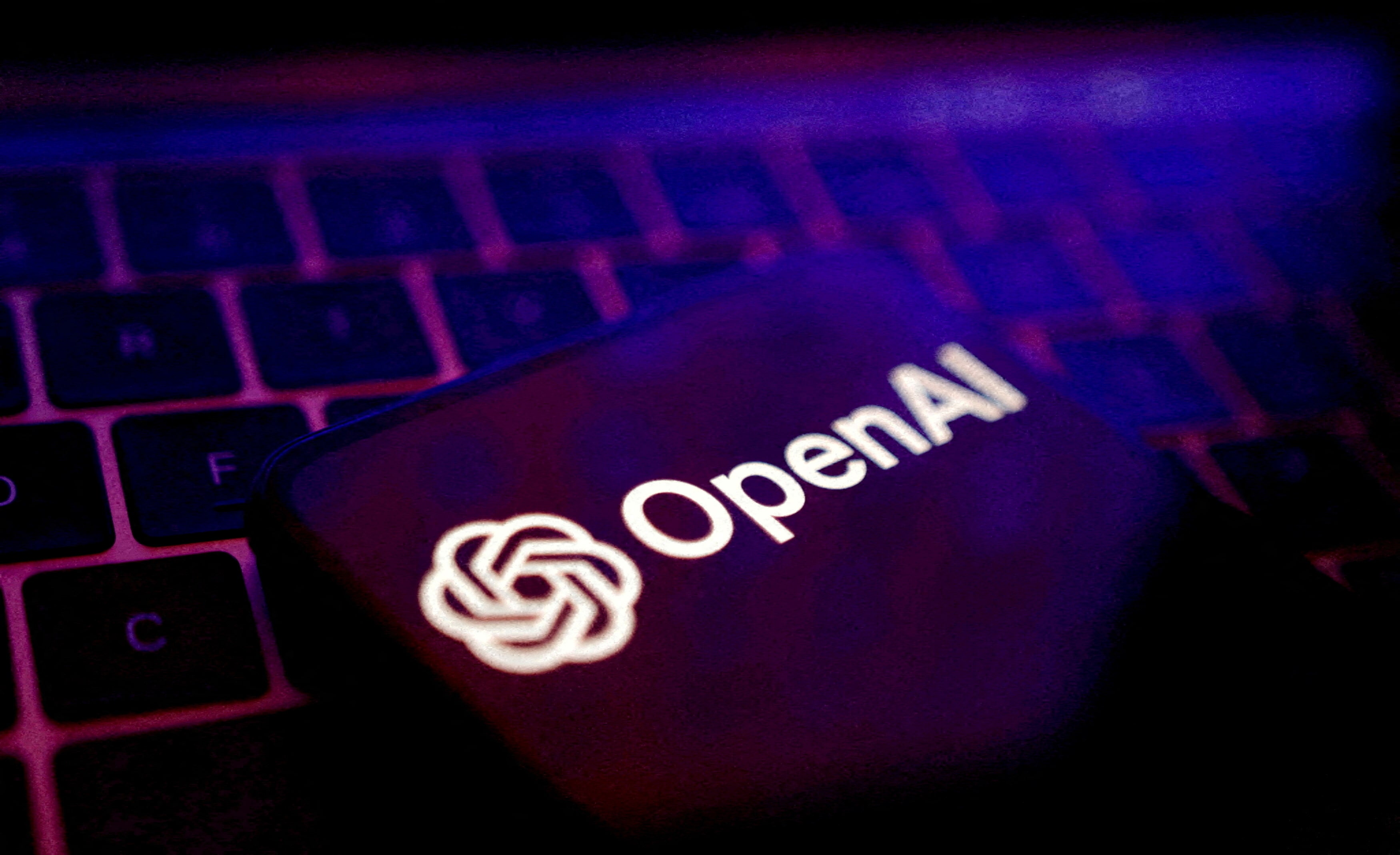OpenAI Partners with Google Cloud to Transform AI Infrastructure and Enhance ChatGPT Performance

OpenAI Taps Google Cloud for ChatGPT: A New Era in AI Infrastructure
A Strategic Pivot in AI Infrastructure
In a landmark development within the artificial intelligence sector, OpenAI has revealed plans to transition its renowned conversational AI platform to a new technology backbone. This move to a prominent cloud infrastructure provider comes against a backdrop of surging adoption of AI-enabled tools and an intensifying competitive landscape. By leveraging this new platform, OpenAI aims to scale its capabilities and reach new audiences, ensuring robustness, efficiency, and flexibility in response to a global surge in user engagement.
Historically, the digital foundation for ChatGPT has predominantly relied on long-standing partnerships with other leading technology players. However, as user growth and enterprise demand skyrocketed, the need for expanded computing capacity became inescapable. OpenAI’s decision to partner with a key industry player not only diversifies its technology stack but also marks a defining moment for the evolution of cloud infrastructure in the age of artificial intelligence.
This transition signals more than a technical upgrade. It punctuates the shift in how leading tech firms structure their alliances and scale their services to meet unprecedented computational needs. The move is both a response to explosive global demand and a preemptive step to mitigate risk arising from reliance on any single ecosystem.
Origins and Underpinnings of AI Expansion
The roots of this expansion can be traced to ChatGPT’s meteoric rise since its introduction. The assistant, powered by advanced natural language processing, quickly became indispensable for millions seeking information, automation, and creative assistance. Its popularity forced OpenAI to confront a challenge: ensuring consistent, reliable, and highly scalable compute power across various regions. The infrastructure responsible for training, deploying, and maintaining generative AI models must not only handle current traffic but anticipate future spikes as well.
By integrating with the new cloud provider, ChatGPT gains access to high-performance hardware and cutting-edge support. This will be fundamental as larger AI models continue to emerge, each requiring tougher performance thresholds and robust uptime guarantees. In addition, this opens opportunities for innovation through proprietary tools not previously accessible under a single-provider arrangement.
Such partnerships are rarely just about bandwidth or uptime. At their core, they enable AI platforms to experiment with new accelerators and custom chips—like tensor processing units—potentially transforming both cost structures and efficiency benchmarks. For customers and developers, this means more robust API performance, reduced latency, and enhanced stability even as user numbers climb.
Extending Reach with a Multi-Platform Approach
A pivotal aspect of this infrastructure evolution is the embrace of multiple platforms. The deployment will not be exclusive to any single host; instead, ChatGPT will straddle several major backbones, including two other significant providers. This provides unprecedented flexibility in rerouting workloads, scaling resources almost instantly, and ensuring business continuity across geographic boundaries.
With this versatile approach, OpenAI addresses the core requirements for elasticity and redundancy. If one data hub experiences congestion or outages, traffic can be seamlessly rerouted, minimizing disruption. This adaptability also supports compliance requirements as operations extend into diverse regulatory environments such as those in the United States, United Kingdom, Japan, the Netherlands, and Norway.
This strategic configuration allows the AI platform to dynamically allocate compute-intensive tasks wherever costs, energy efficiency, and regulatory climates are most favorable—optimizing both operational expenditures and ecological footprint.
Implications for AI Market Dynamics
The arrival of OpenAI’s signature service on this cloud platform holds significance at multiple levels. For the cloud provider itself, hosting such a prominent AI workload is a powerful endorsement and a signal to enterprise customers about the platform’s readiness for intensive workloads. For OpenAI, this transition decreases its exposure to potential bottlenecks tied to a limited number of partners, offering negotiating leverage and technical freedom.
This realignment comes as traditional cloud hierarchies shift. While the newcomer commands a smaller overall share compared to long-standing giants, its footprint is expanding steadily across several economically strategic regions. This deployment amplifies its presence, potentially attracting further high-profile workloads and signaling greater capacity to serve complex AI needs at scale.
Additionally, these developments are situated in a climate of heightened rivalry and cooperation among technology leaders. By selecting an architecture that integrates with rivals, OpenAI affirms that innovation in the AI age relies on collaboration as much as competition. The underlying message is clear: agility, openness, and the pursuit of technical excellence override the silos of the past.
Redefining AI Reliability and Scalability
Migrating to this new infrastructure is not merely a response to capacity constraints—it reshapes the blueprint for what AI platforms can achieve. Through distributed compute environments, OpenAI lays the groundwork for continual improvement along key vectors: reliability, computational heft, and regional diversity. Such a foundation is vital as novel use cases—from large-scale language modeling to real-time data interpretation—become commonplace in industry, research, and consumer domains.
The current transition represents a milestone in the trajectory of generative AI, reflecting the importance of resilient, scalable, and future-proof digital architecture. As competitors seek to match or outdo these advances, end users stand to benefit from increased stability, more actionable intelligence, and a rapidly expanding ecosystem of possibilities in machine learning.
